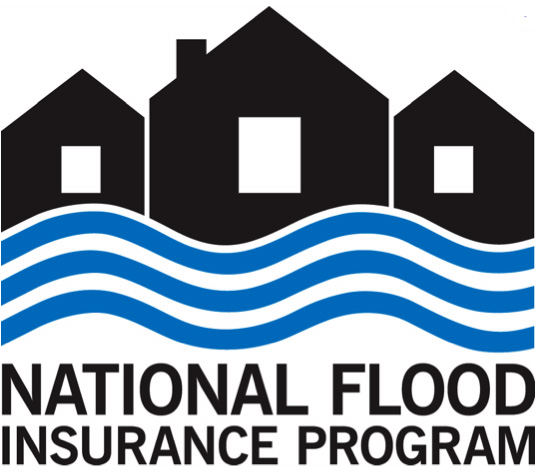The National Flood Insurance Program is already more than $20 billion in the red because of its flawed structure of rates, risks and incentives, and is becoming more financially compromised due to an uptick in extreme weather events such as Hurricane Sandy, the report says. State-subsidized wind insurance programs are similarly a growing source of financial exposure for taxpayers.
The report says there are a number of issues threatening the success of the program, including low rates of insurance purchase, artificially low premiums that do not reflect true risk, loopholes that allow some properties to keep their rates low through grandfathering provisions, repeated payouts for losses to the same high-risk properties, and the failure to account for future sea level rise in flood risk maps that help determine insurance rates.
We urgently need to reform our insurance system so that it can help us manage these risks effectively, even as we invest in measures to slow global warming and sea level rise and prepare for their impacts, the report says.
The effects of rising sea levels, such as increased coastal erosion, steepening of the coastal profile and potential for waves and storm surge to reach further inland, can have a significant effect on flooding and inundation risks to coastal communities, the report says, and Congress has not given FEMA responsibility for account for long-term erosion when it updates its flood maps. FEMA also does not currently account for ongoing sea-level rise, which in coming decades could cause low-lying coastal areas to flood regularly or become permanently inundated.
The Union of Concerned Scientists says a serious approach to risk reduction and management would involve:
- Ensuring insurance premiums reflect true risks to coastal properties, and offering a voucher or rebate program to help low-income property owners.
- FEMA using current scientific projections of sea level rise and storm surge in maps for determining flood risks and set insurance rates.
- FEMA discouraging building and rebuilding in high-risk areas by reducing payouts for repetitive losses and increasing rates.
- Ending grandfathering provisions that unfairly subsidize some property owners at the expense of others.
- Offering more buyouts and relocations from some of the highest-risk areas.
- Requiring state insurance regulators to share flood maps with home buyers and small-business owners prior to purchases.
- Enforceable mandates so that all property owners in high-risk areas have adequate insurance.
- Requiring taxpayer-subsidized programs include incentives to relocate away from the coast and invest in property upgrades that help adapt to rising seas.
- Setting guidelines to ensure rebuilding dollars are used for climate-resilient reconstruction













 The success of the National Flood Insurance Program (NFIP) as a solvent risk management system is at risk, according to Overwhelming Risk: Rethinking Flood Insurance in a World of Rising Seas, a report from The Union of Concerned Scientists.
The success of the National Flood Insurance Program (NFIP) as a solvent risk management system is at risk, according to Overwhelming Risk: Rethinking Flood Insurance in a World of Rising Seas, a report from The Union of Concerned Scientists.